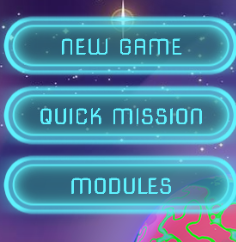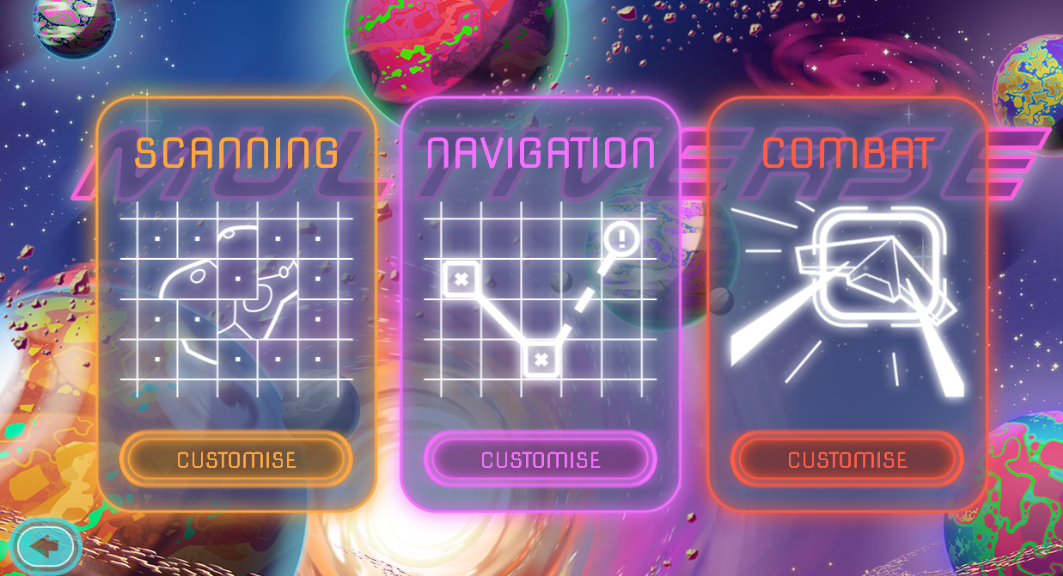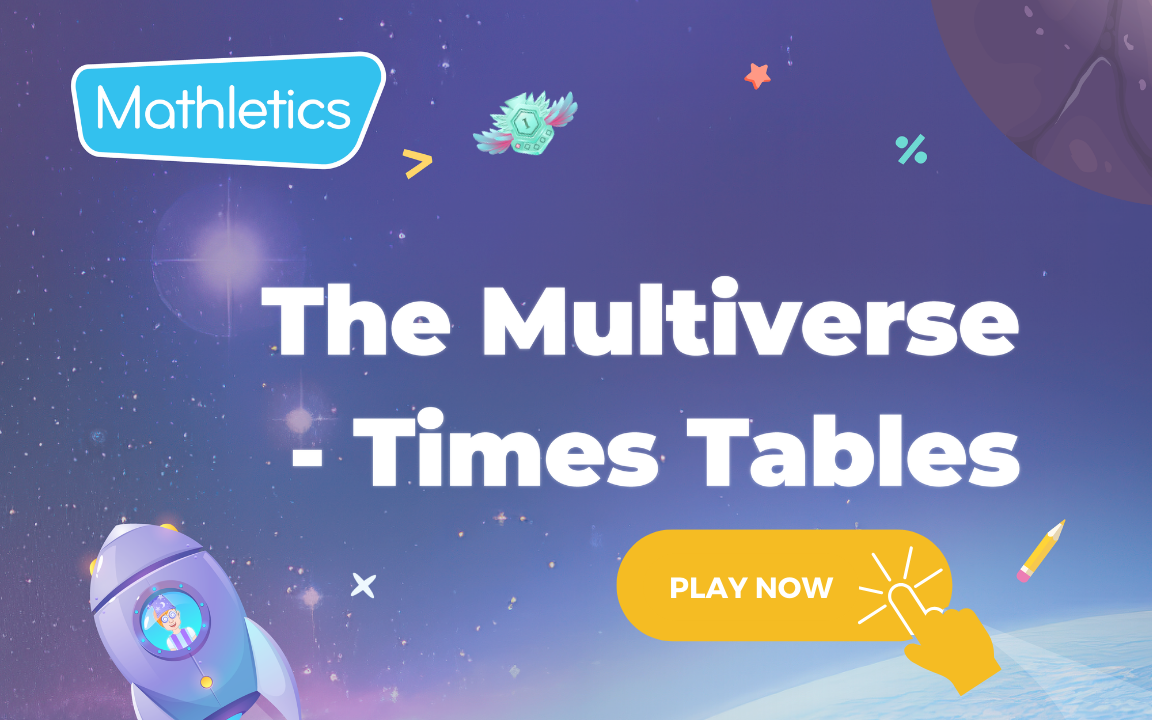6. Times tables - Multiverse
- What is Mathletics?
- 5 Simple Steps to Mathletics
- Mathletics Webinars
- How to get started with Mathletics
- Mathletics Teacher Console
- Mathletics Student Console
- Mathletics Parents/Home User
- Mathletics Administrator
- Mathletics Reporting
- Mathletics Rollover
- Mathletics Classroom Strategies & Tips
- Mathletics Classroom Printables
- Mathletics FAQ's
- What teachers are saying about Mathletics
We offer both video and written content options for you to choose from. Watch this video now, or if you prefer, continue reading below.
Multiverse is an interactive game, set in a space environment, which supports students who are learning their times tables. The game functions as a separate game from the rest of Mathletics and the XP points earned within Multiverse are different from the points in Mathletics. Teachers cannot assign Multiverse, and do not receive student data from Multiverse. Students answer multiplication questions in the game earning points and exploring the space environment.
Teachers can model Multiverse by using the Student View, accessible from the bottom of the left-hand menu. Using the Student View, Multiverse is accessed in the Games area, along the top menu. Modelling Multiverse in class is a fun and engaging way to encourage students to practice their times tables. Many teachers use the Modules area to engage their class in a short Multiverse game. They select one of the 3 game options and then select up to 3 of the times tables that their class finds the trickiest. The class ‘plays’ the game together, either showing answers on dry wipe boards or calling out the answers. Playing the game together in class is a great way to encourage students to practice Multiverse at home.
How can students access Multiverse
-
Students access Multiverse in the Student Centre, in the Games area accessible from the top menu.

-
Students select the Multiverse tab to enter the game area.

-
Students can select from 3 options within Multiverse.
- New Game, once a student has entered this area, it shows as Continue on the menu. The New Game is enjoyed by many students and although as a teacher you cannot see the questions students have completed, you will see their confidence in their times table recall improving.
- Quick Mission is a short version of the full game, making it valuable for class demonstrations and encouraging students to explore the complete game.
-
Modules – these are good for practice and can be used with the class.
- Within the Modules there are 3 short games – Scanning, Navigation, and Combat. Students can use these to practice their times tables and teachers can also model these games to the class. In Modules, up to 3 different times tables can be selected and the games can be played at 3 different levels of difficulty.

-
If you have students who practice Multiverse regularly, let them come up to the front of the class and showcase their Multiverse ‘world’. How many Multiverse XP points have they achieved? How many planets have they discovered? Have they had to battle with Space Pirates? Encourage your students to demonstrate how they engage with the Multiverse game to the rest of the class.

